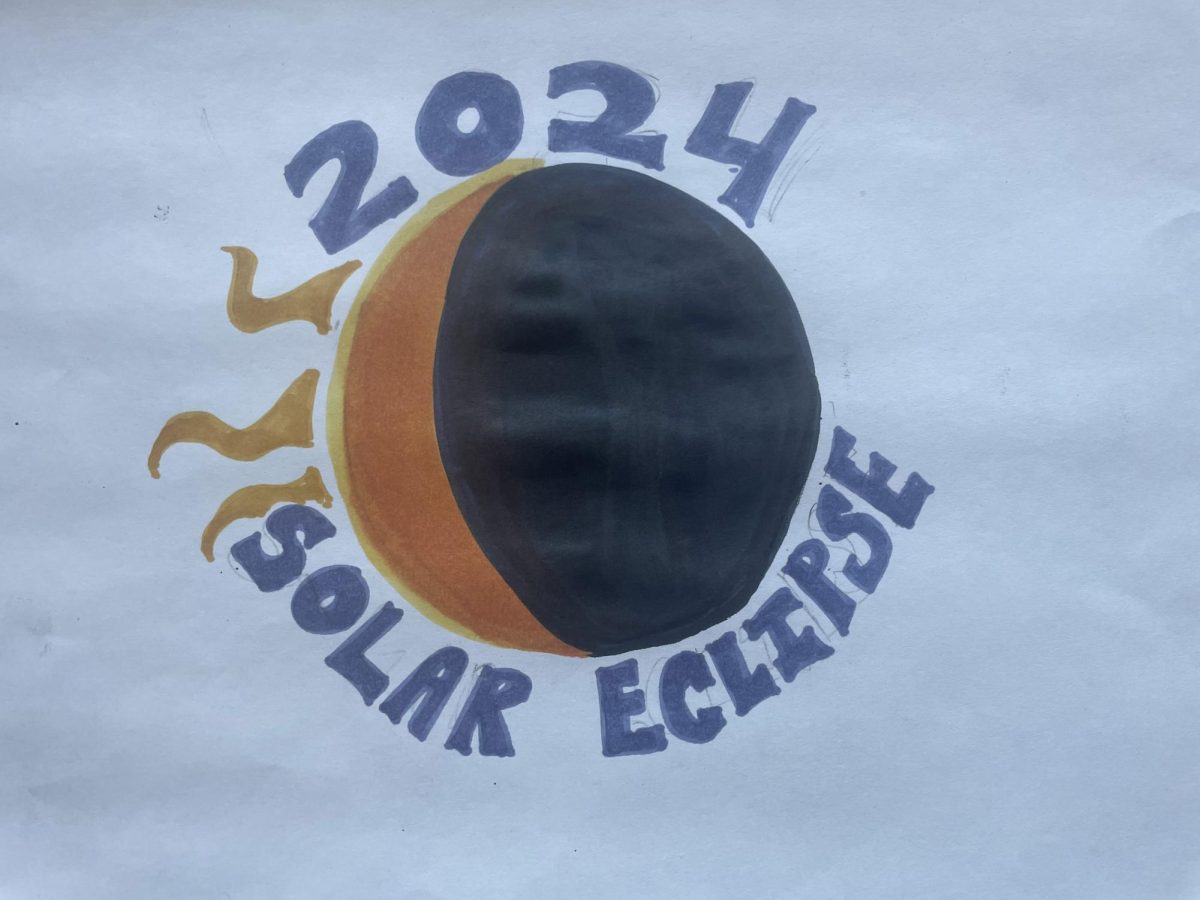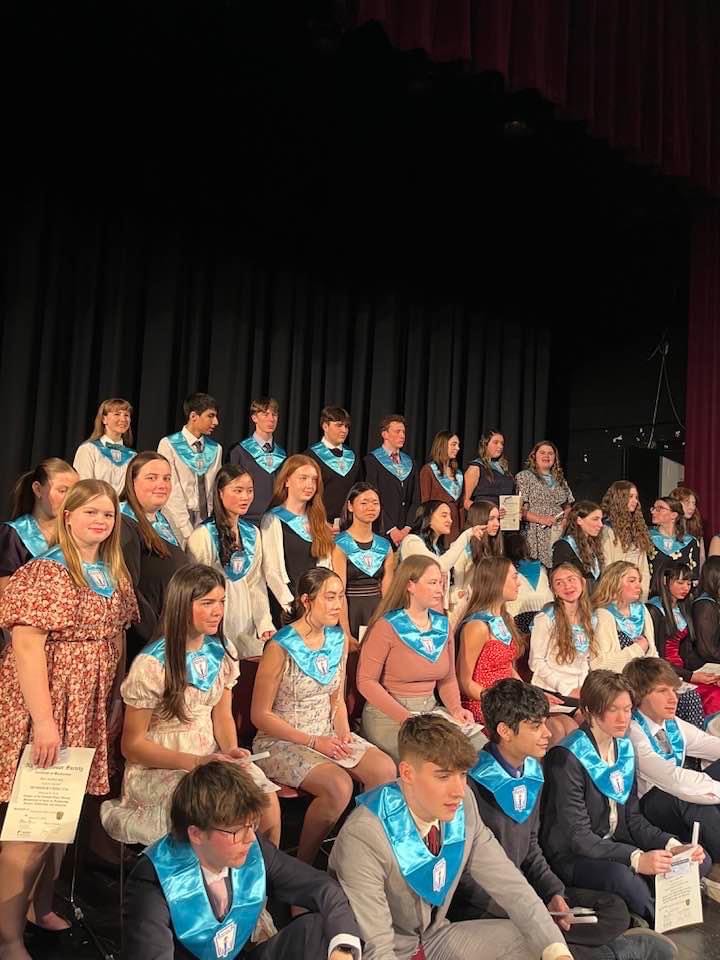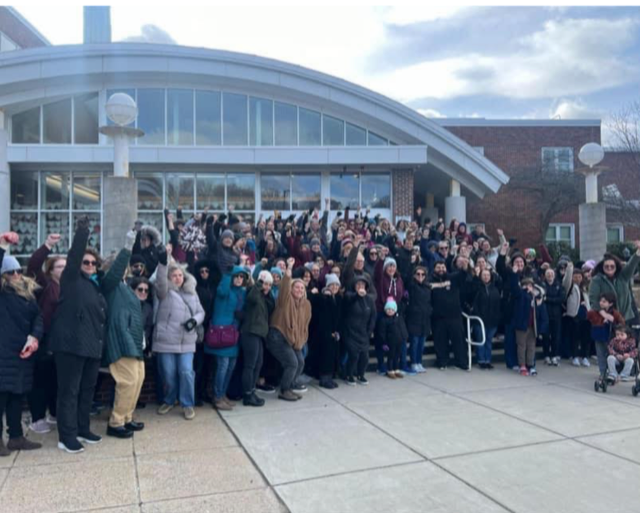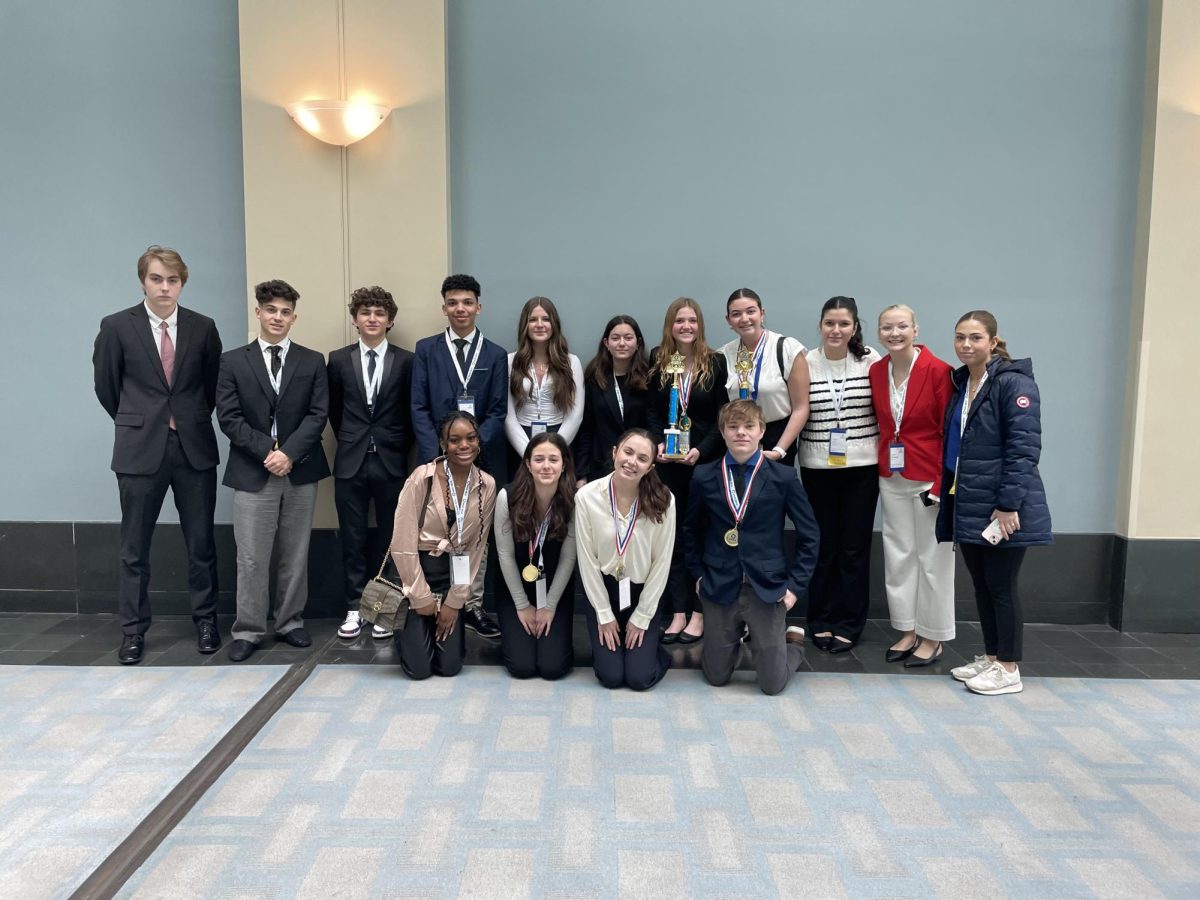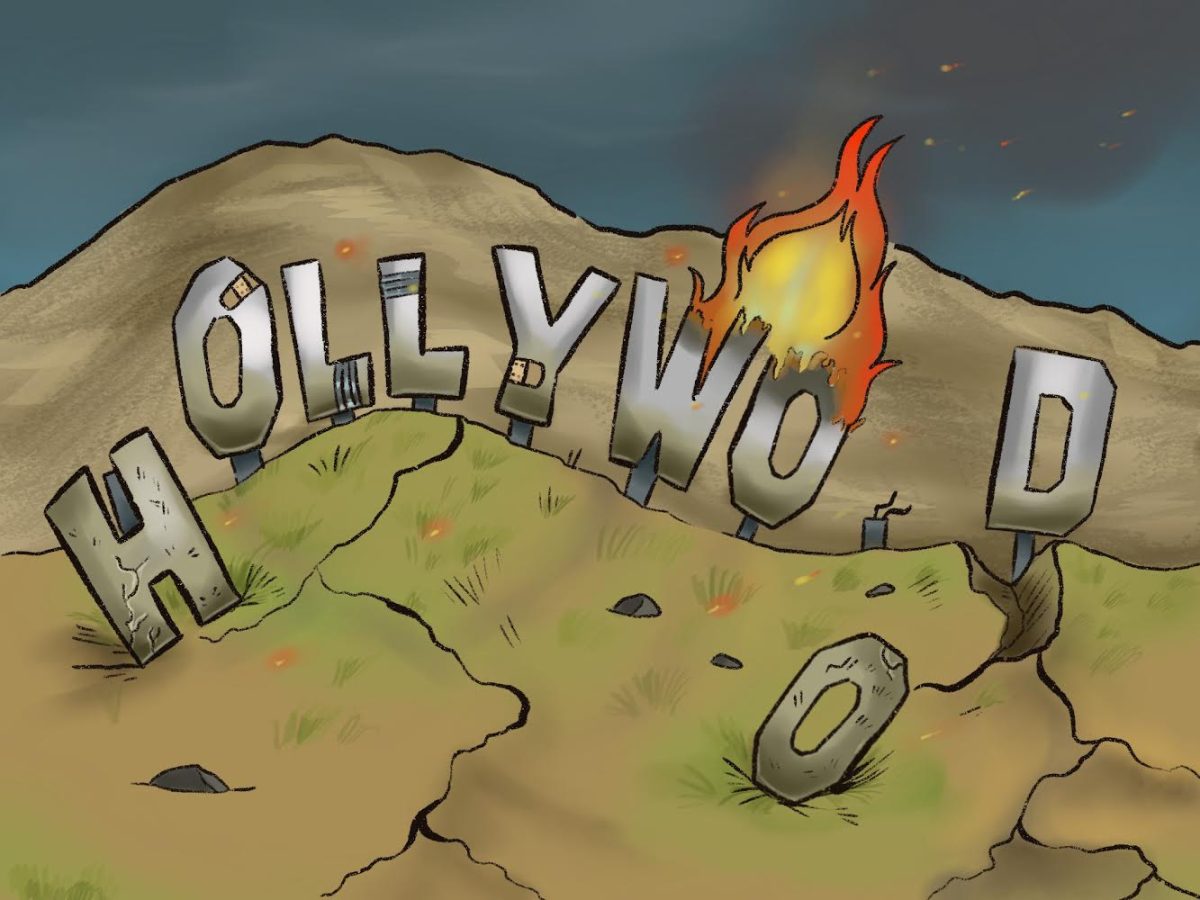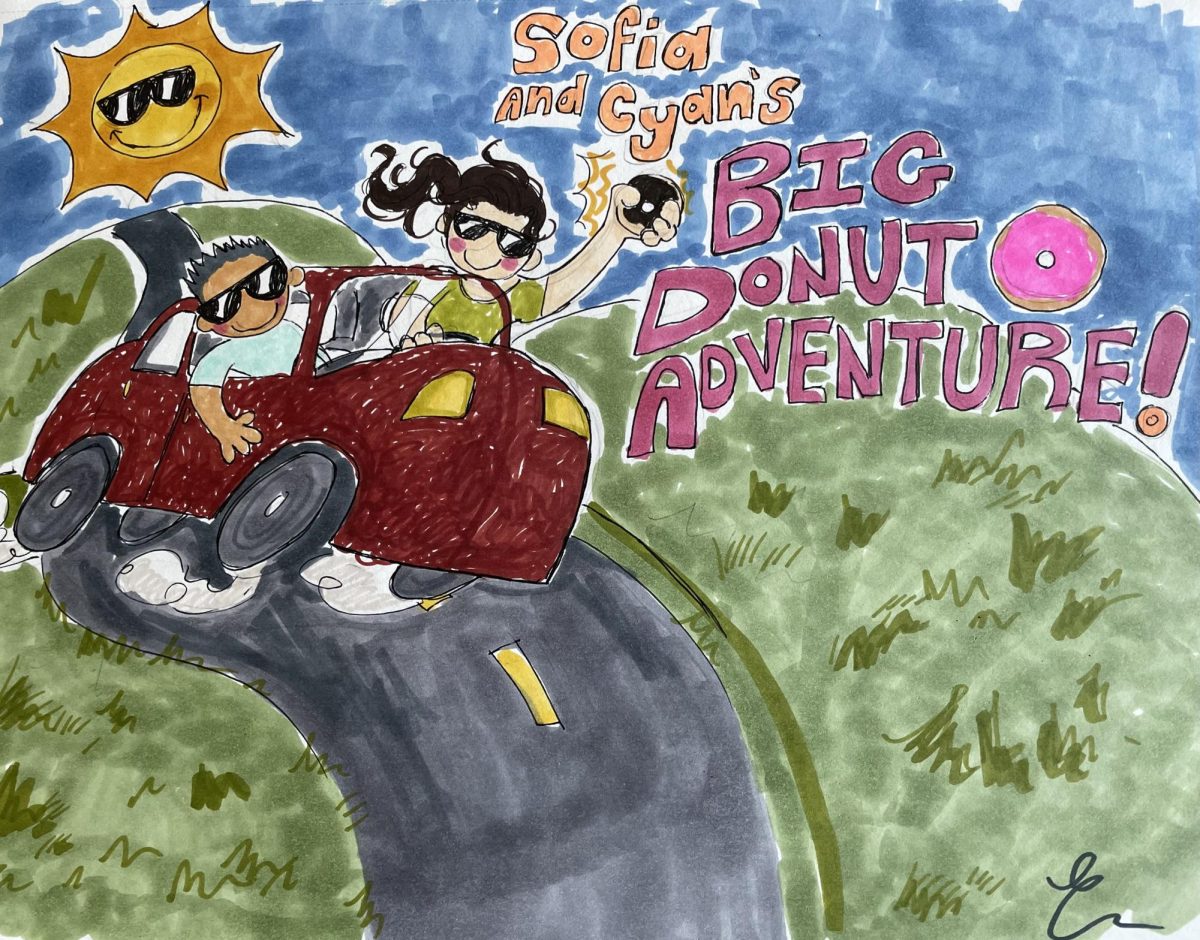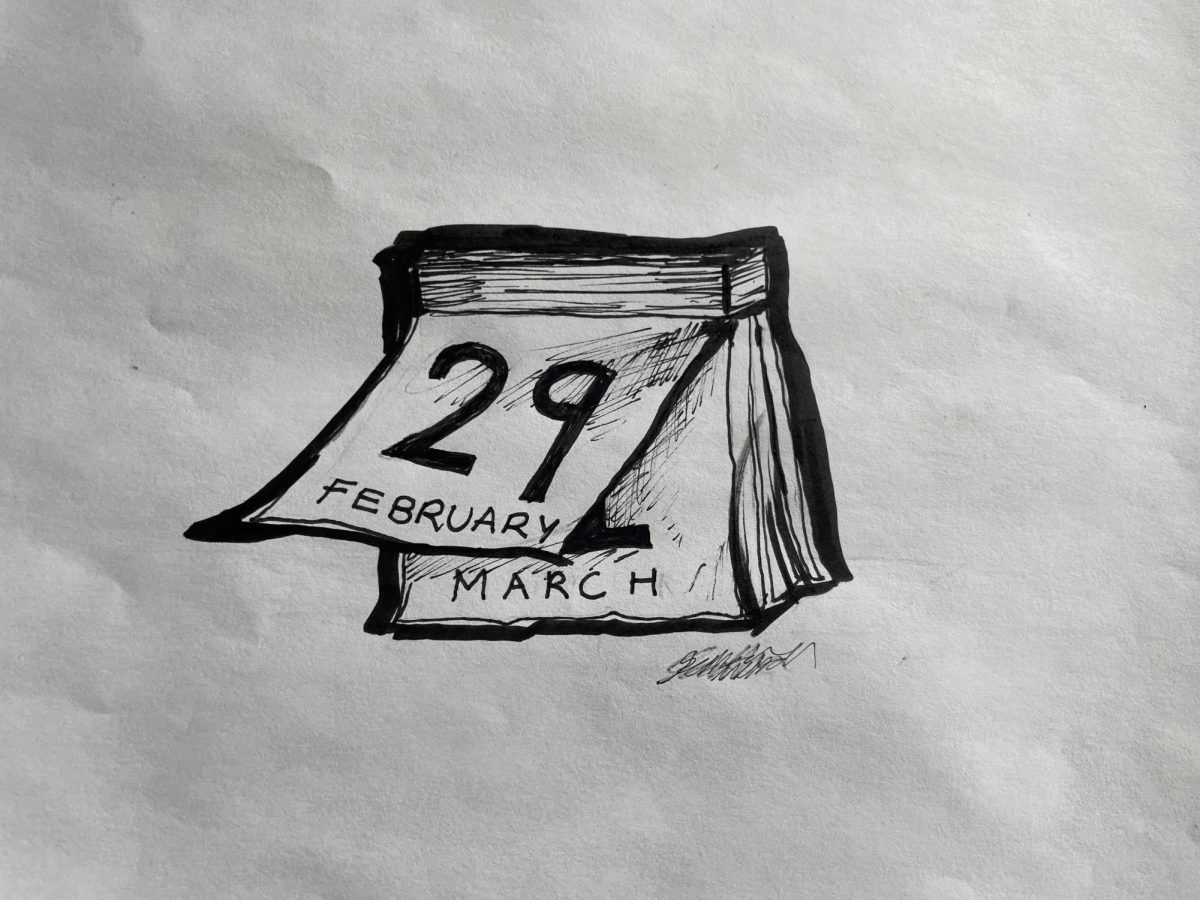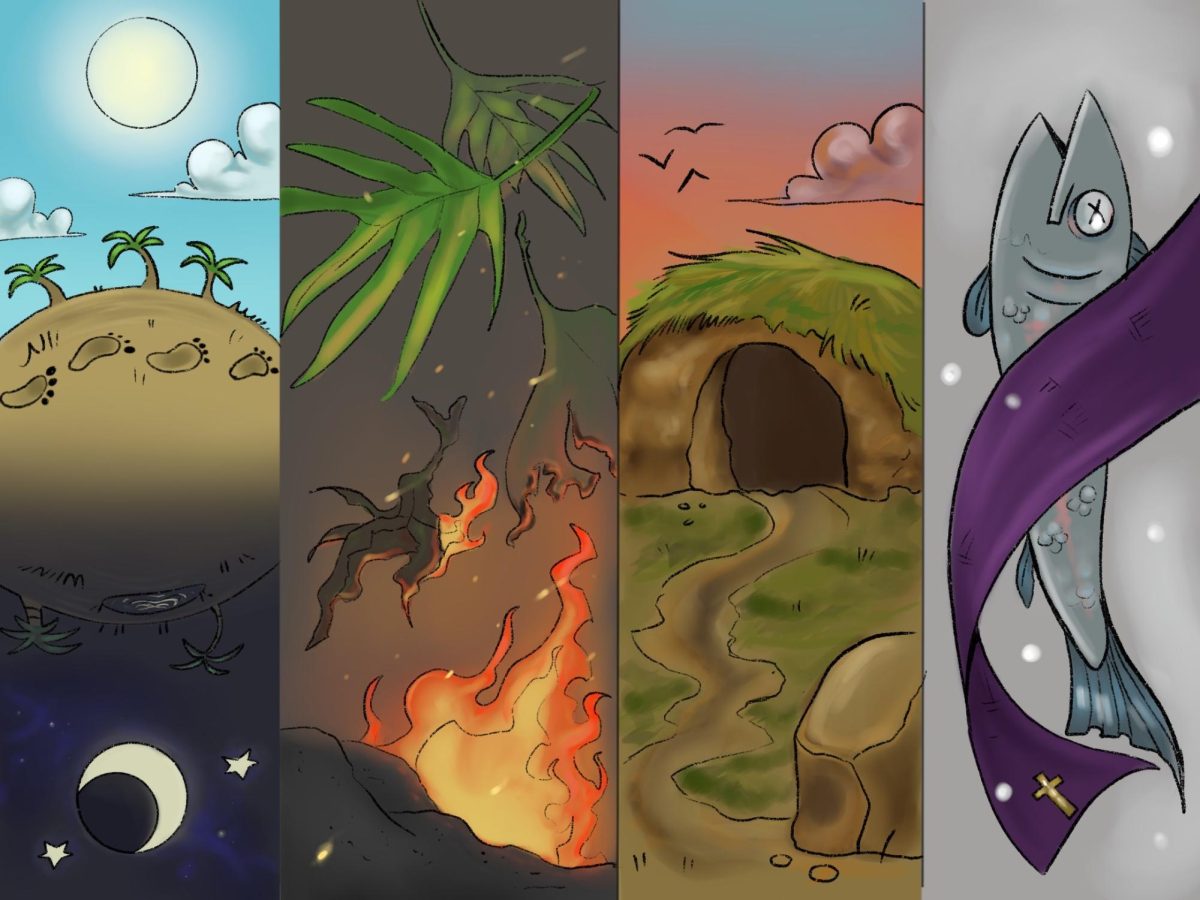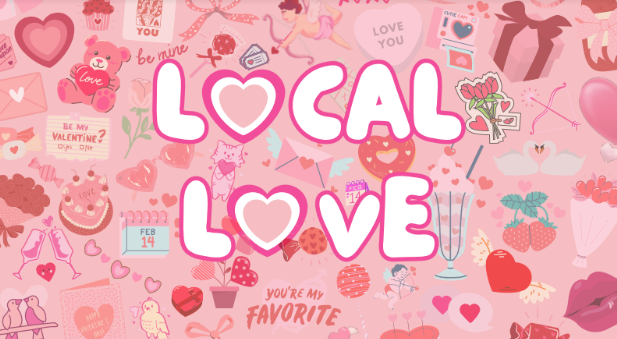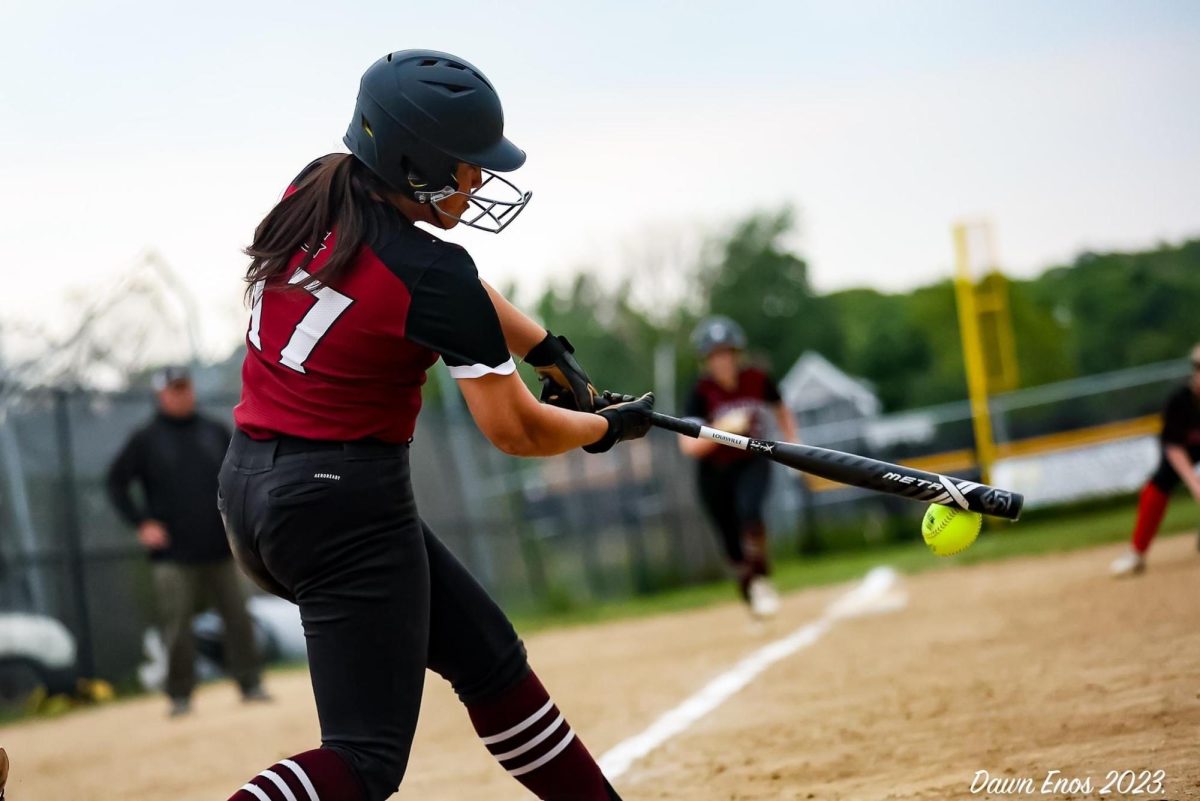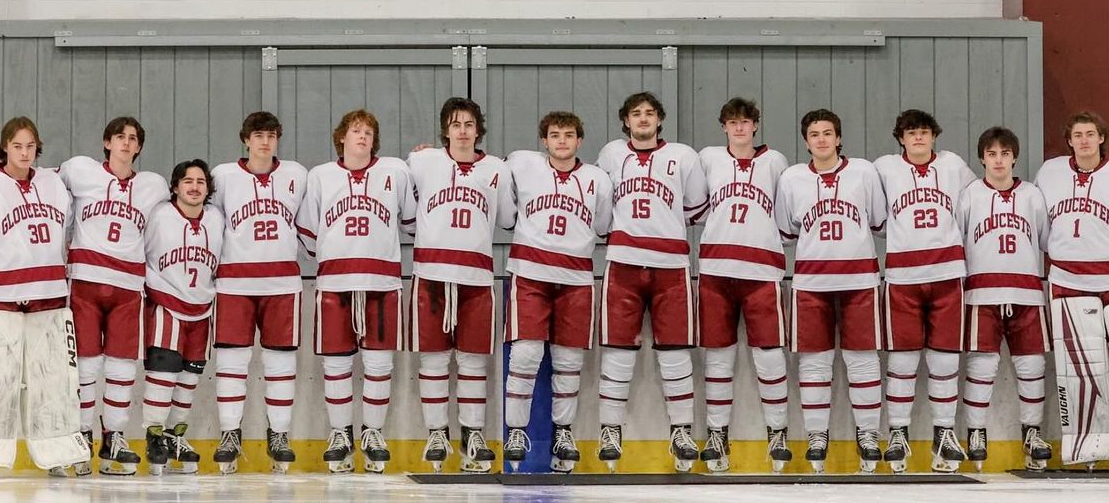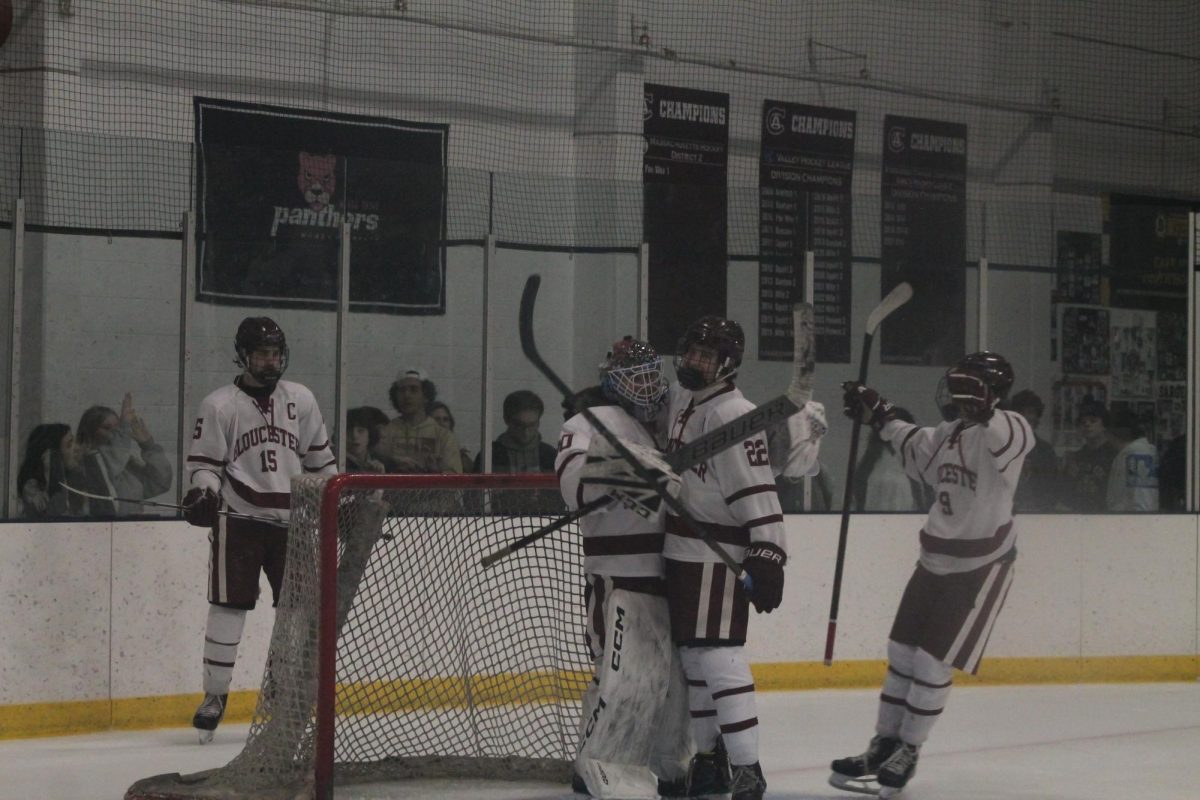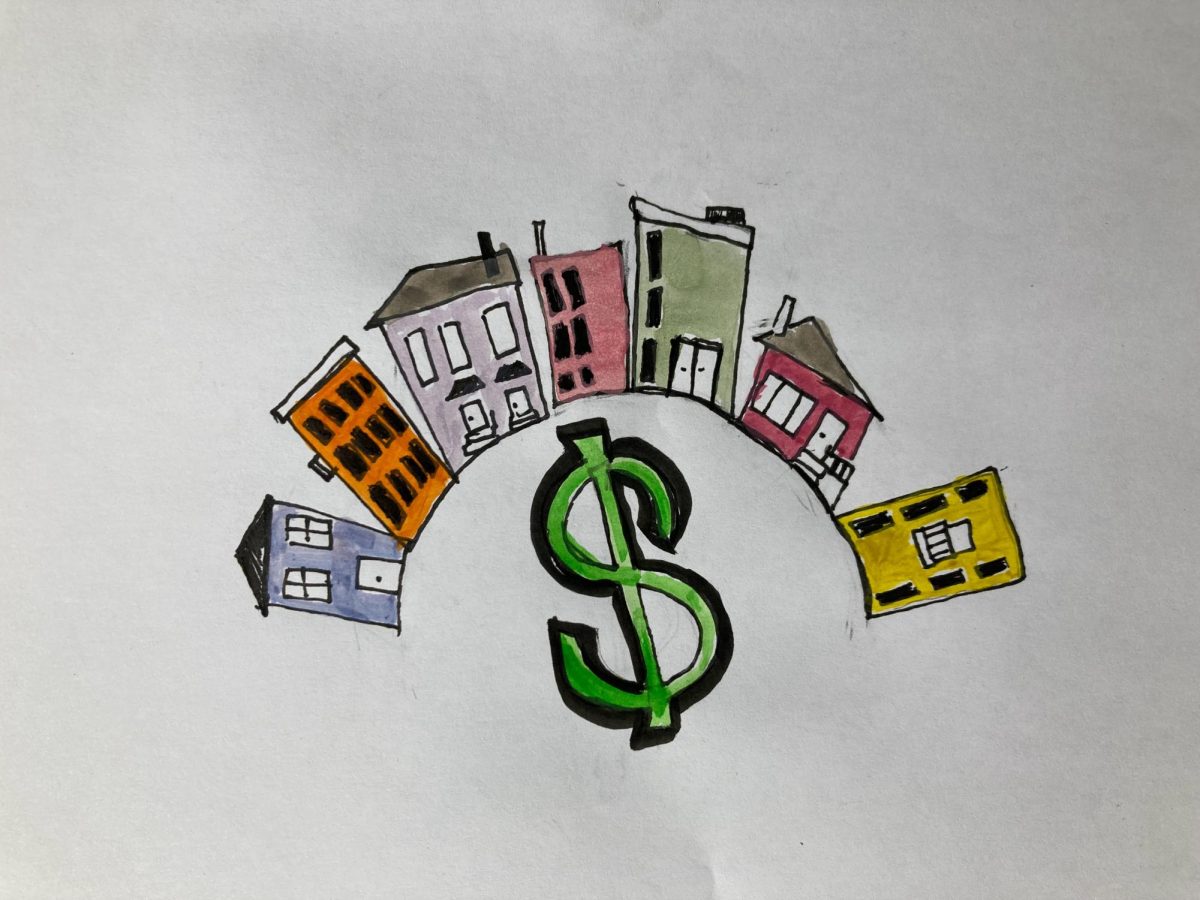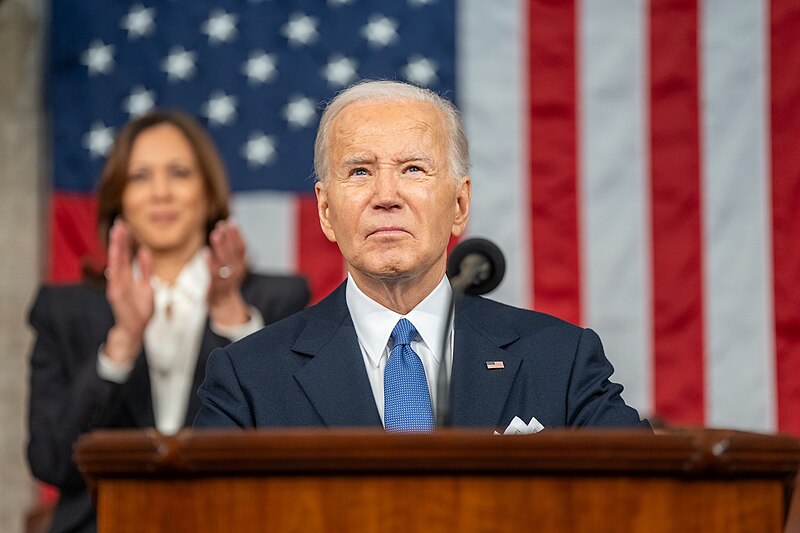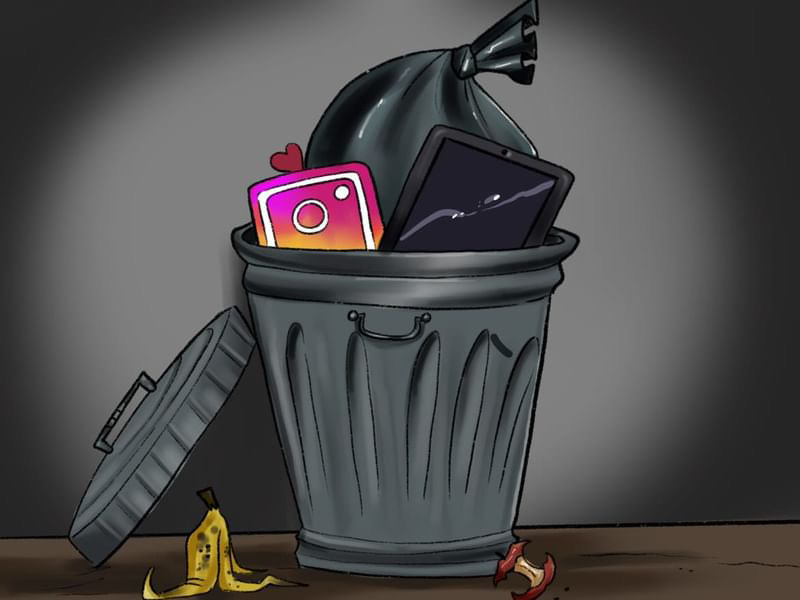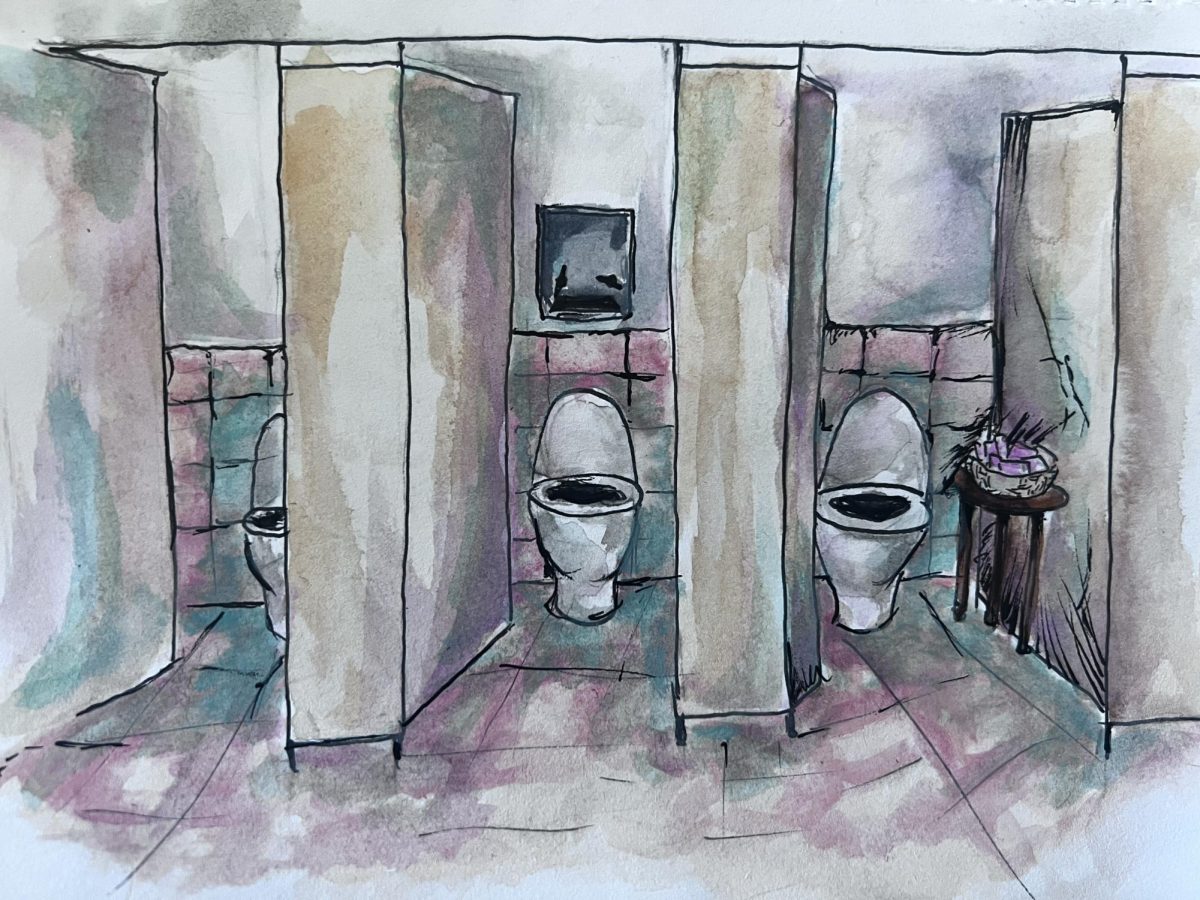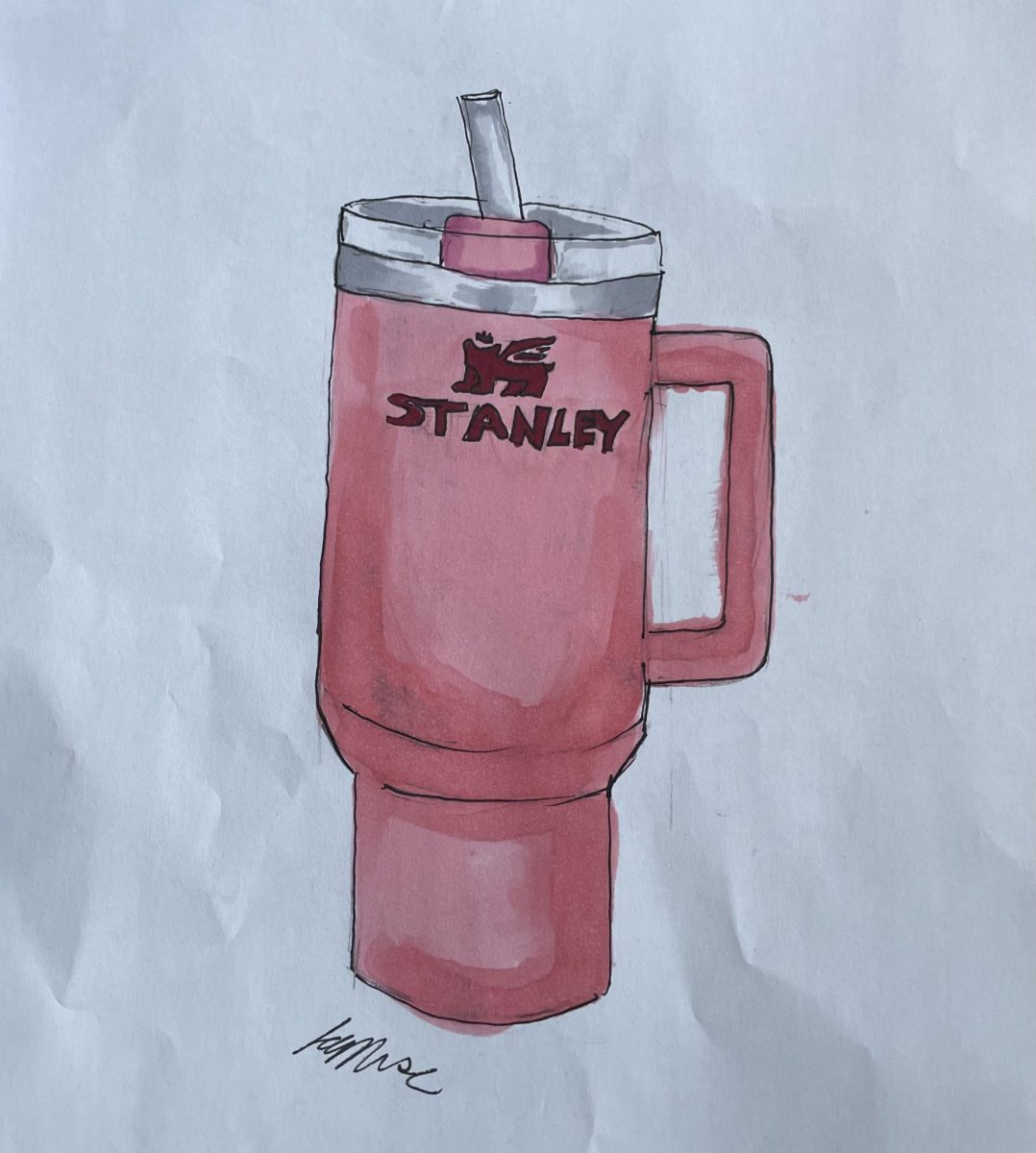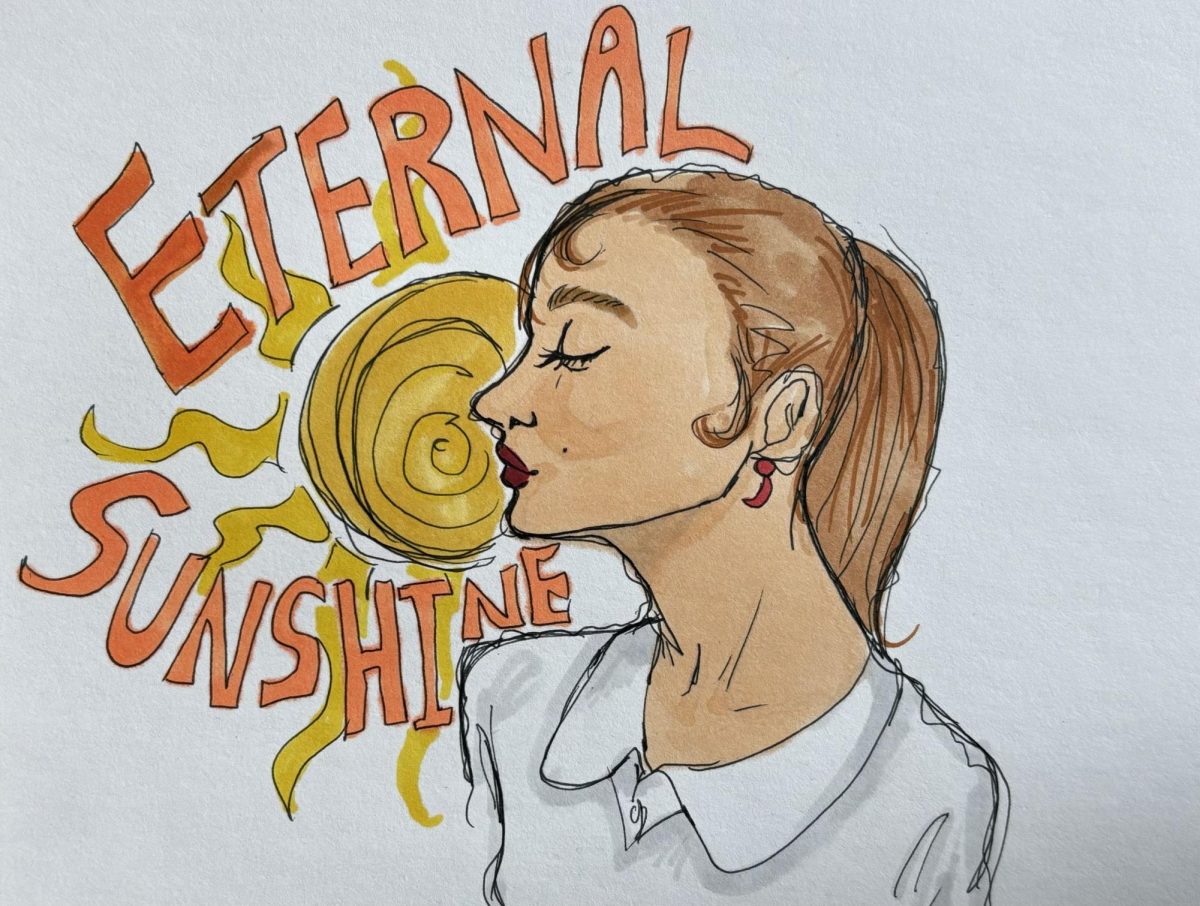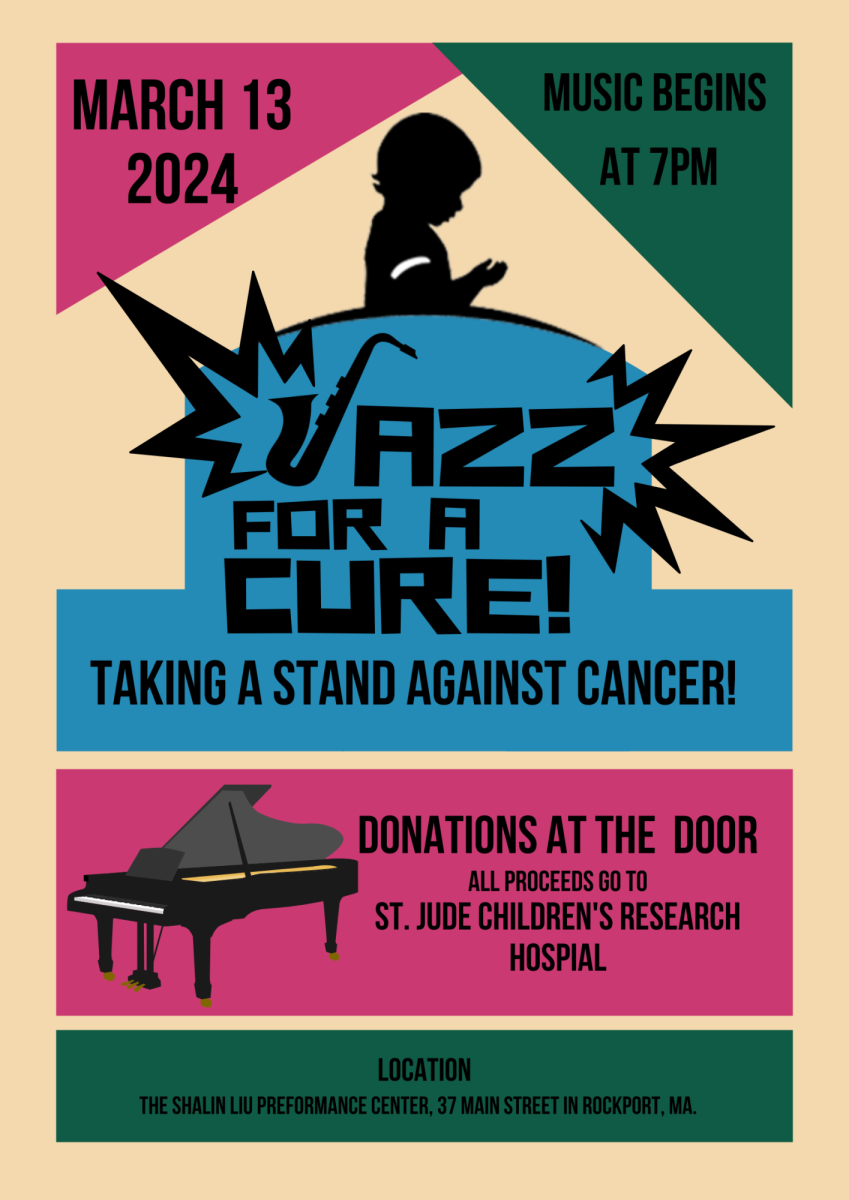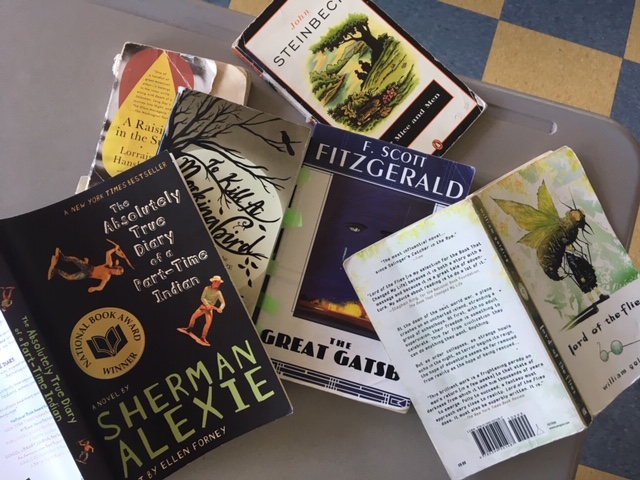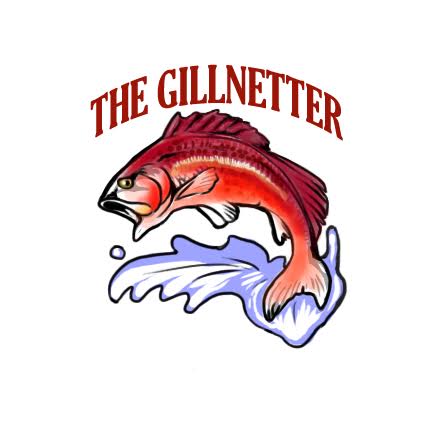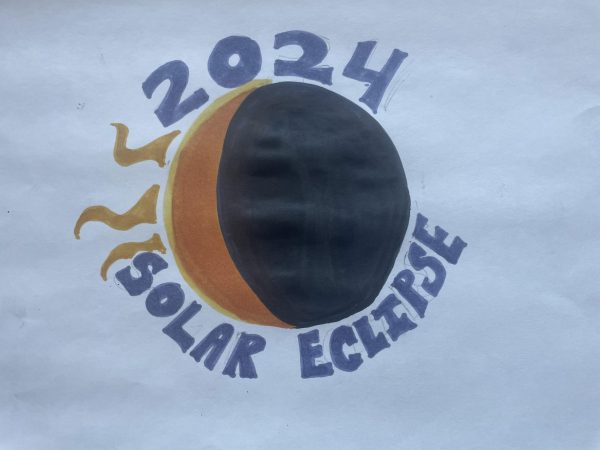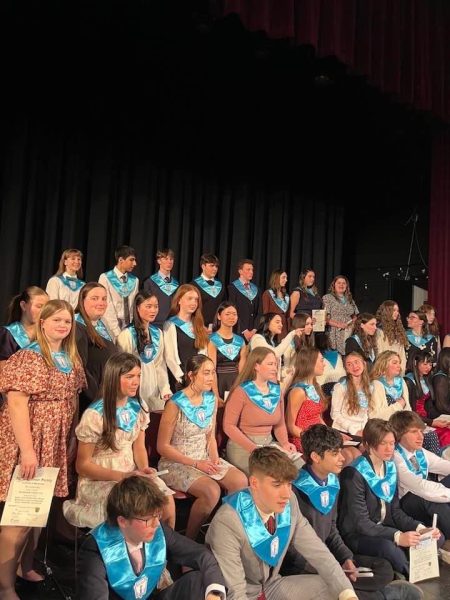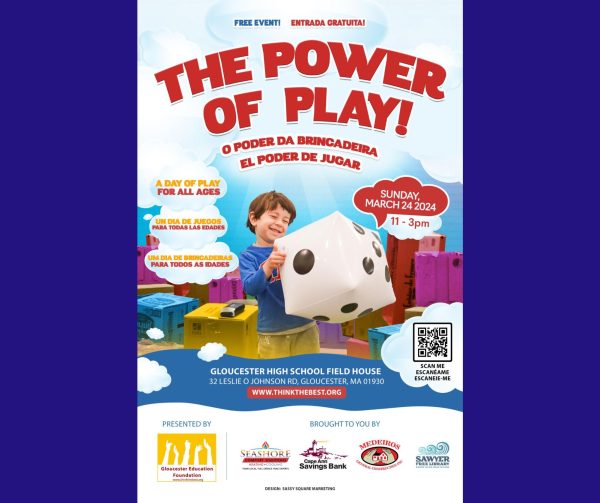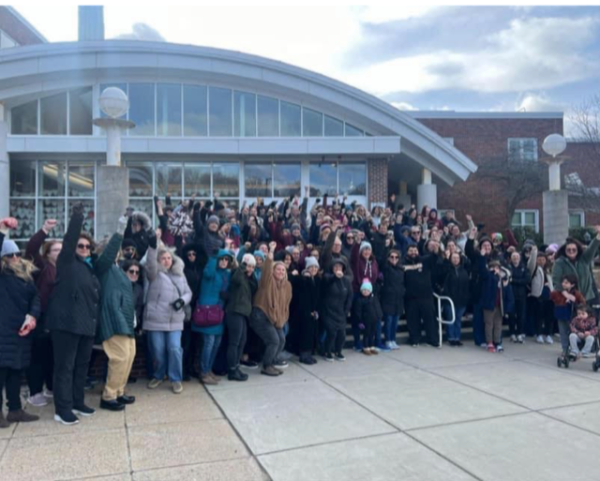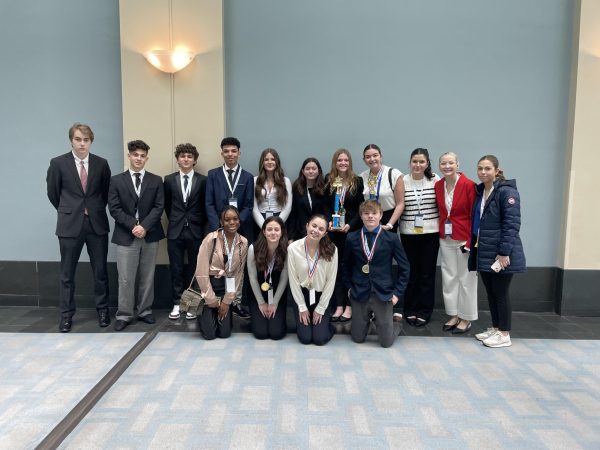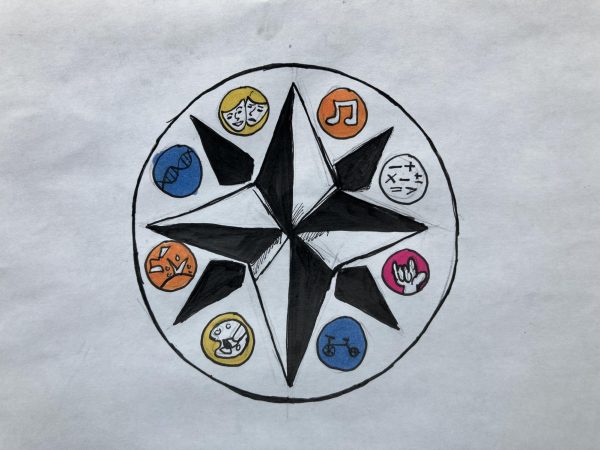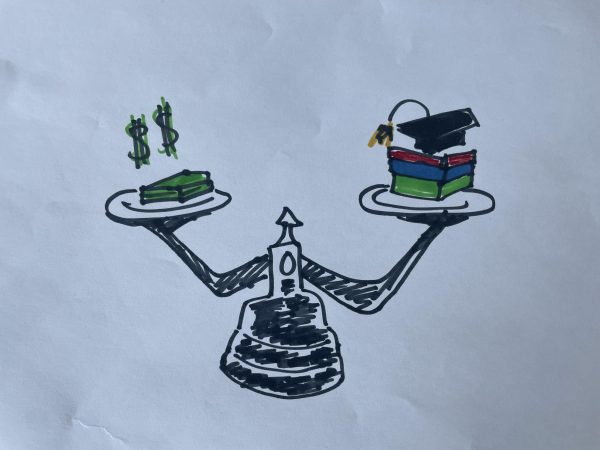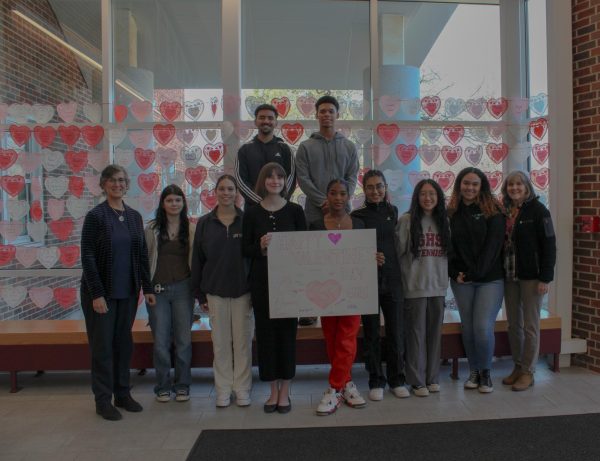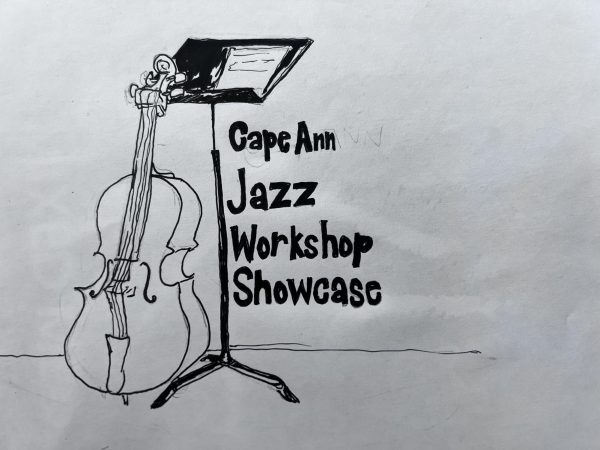GHS celebrates banned book week
These titles frequently appear on the most challenged, and banned lists each year.
September 24, 2019
This week GHS students are celebrating the freedom to read.
On Sunday, we marked the start of the 37th annual Banned Book Week, an annual event launched in 1982 as an opposition to banning books with sensitive topics. Every year, the American Library Association (ALA) reviews and catalogs thousands of requests to ban books.
This process starts with an individual “challenging” a book within a specific school district or library. If this challenge is accepted and approved, the book is both banned from the place in which it was challenged and added to the ALA Office for Intellectual Freedom’s (OIF) “Banned Book List.”
Some examples of books commonly challenged include many titles GHS students read in their English classes such as, The Great Gatsby by F. Scott Fitzgerald (for language and sexual references), The Catcher in the Rye by J.D. Salinger (for profanity, sexual references, violence, and morally concerning topics), and To Kill a Mockingbird by Harper Lee (for profanity, racial epithet, and adult themes).
Mr. Watson, an English teacher at Gloucester High School, teaches each one of the above books in his classes.
When asked about his opinions on banning and restricting the books he responded by saying:
“As a whole, I think that gets into a slippery slope. I do feel there are valid arguments and ideas as to why things should be banned, but when you choose to follow through and avoid content, you give it more power. So by not facing it, you allow the problem to persist.”
Watson, said he sees value in teaching books that deal with sensitive topics.
“My hope is there’s a net benefit where students come out of the class understanding more about what a given book is doing in the context of its time period,” said Watson. “That’s not to say this minimizes or avoids moments that might be hurtful to students, and that is a topic I struggle with from year to year. I feel like working through those moments can help students guard themselves and heal. I hope, at least, that’s what happens.”
Library Teacher/Media Specialist, Samantha Teixeira has a similar philosophy about banned books. “Really, if you look at why books are banned, you have to take a step back and look at why the community is upset about a book being in the collection.”
Here is the list of the most challenged books of 2018. How many of them have you read? Let us know in the comment section.
Most Banned Books of 2018
- George by Alex Gino
Reasons: banned, challenged, and relocated because it was believed to encourage children to clear browser history and change their bodies using hormones, and for mentioning “dirty magazines,” describing male anatomy, “creating confusion,” and including a transgender character - A Day in the Life of Marlon Bundo by Jill Twiss, illustrated by EG Keller
Reasons: banned and challenged for including LGBTQIA+ content, and for political and religious viewpoints - Captain Underpants series written and illustrated by Dav Pilkey
Reasons: series was challenged because it was perceived as encouraging disruptive behavior, while Captain Underpants and the Sensational Saga of Sir Stinks-A-Lot was challenged for including a same-sex couple - The Hate U Give by Angie Thomas
Reasons: banned and challenged because it was deemed “anti-cop,” and for profanity, drug use, and sexual references - Drama written and illustrated by Raina Telgemeier
Reasons: banned and challenged for including LGBTQIA+ characters and themes - Thirteen Reasons Why by Jay Asher
Reasons: banned, challenged, and restricted for addressing teen suicide - This One Summer by Mariko Tamaki, illustrated by Jillian Tamaki
Reasons: banned and challenged for profanity, sexual references, and certain illustrations - Skippyjon Jones series written and illustrated by Judy Schachner
Reason: challenged for depicting stereotypes of Mexican culture - The Absolutely True Diary of a Part-Time Indian by Sherman Alexie
Reasons: banned and challenged for sexual references, profanity, violence, gambling, and underage drinking, and for its religious viewpoint - This Day in June by Gayle E. Pitman, illustrated by Kristyna Litten
Reason: challenged and burned for including LGBTQIA+ content - Two Boys Kissing by David Levithan Reason: challenged and burned for including LGBTQIA+ content
